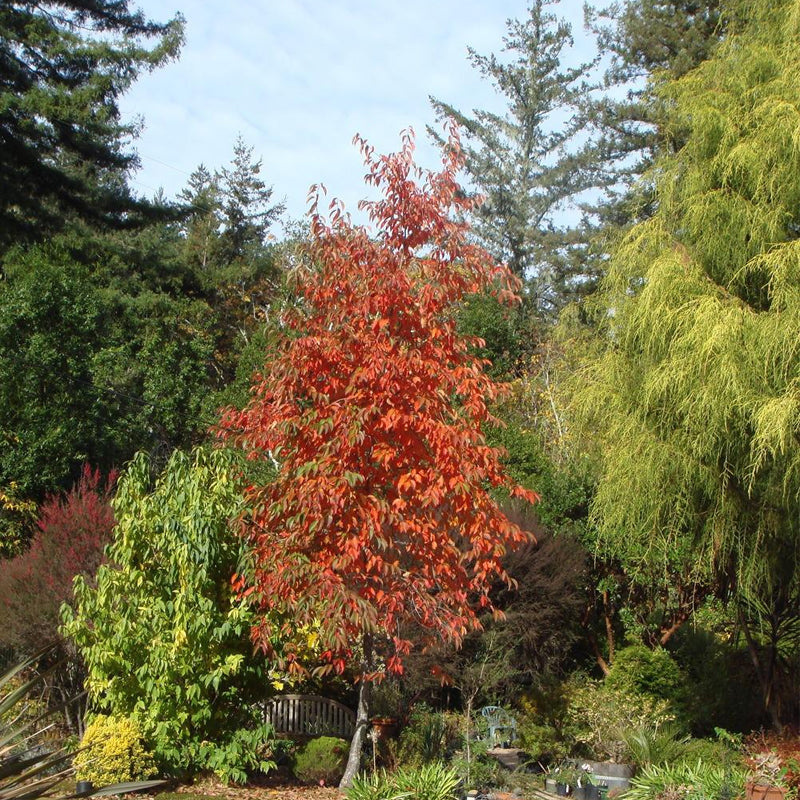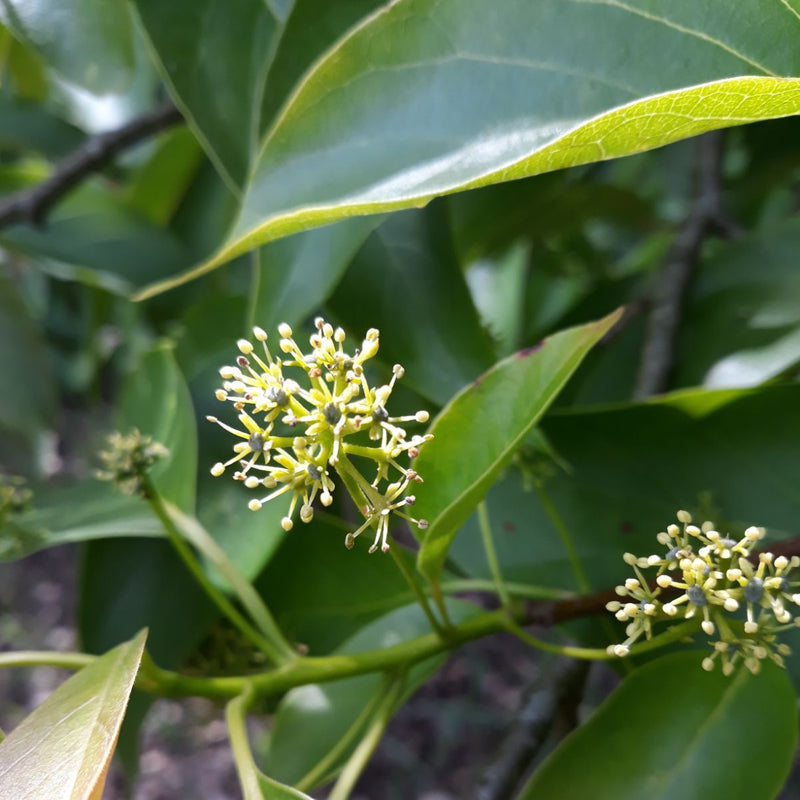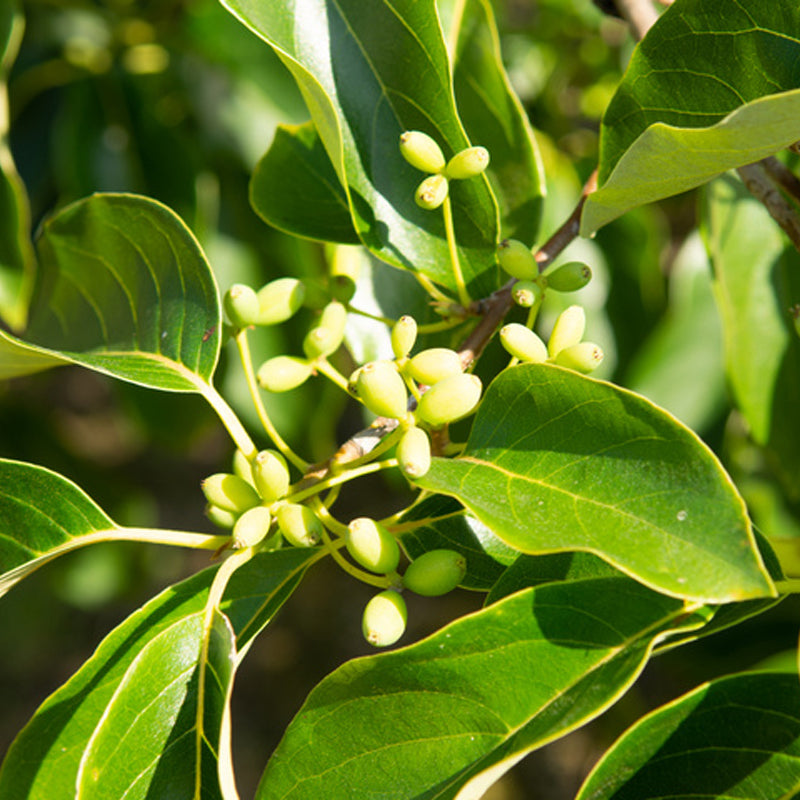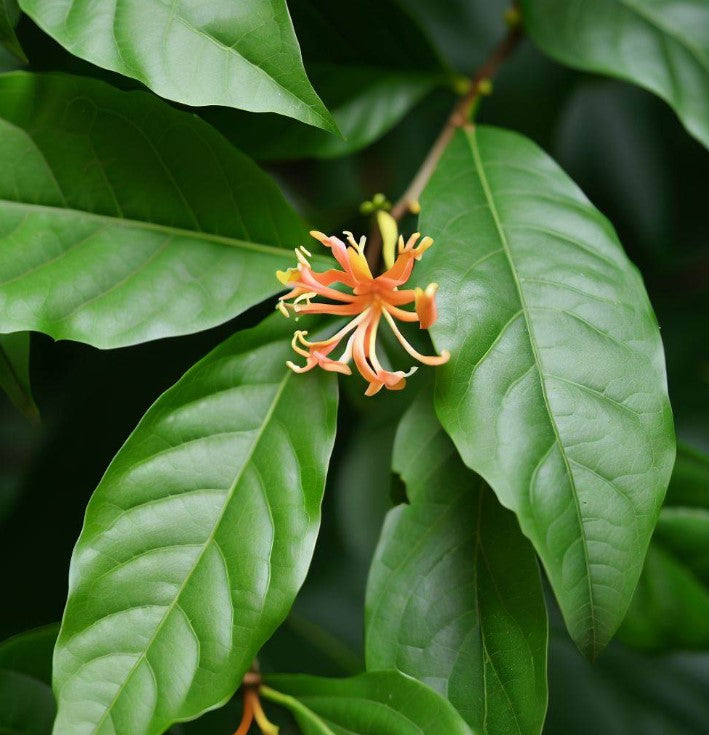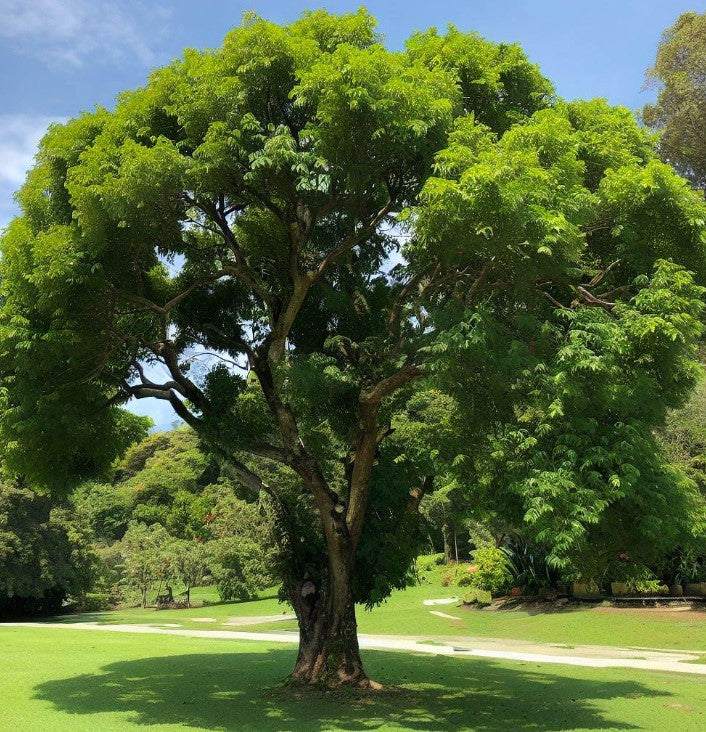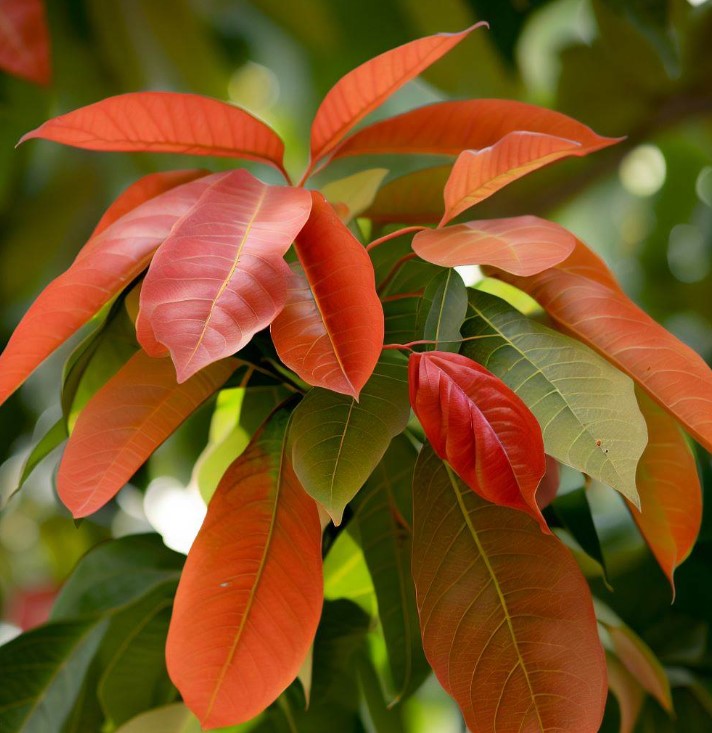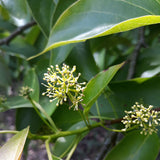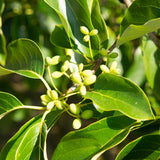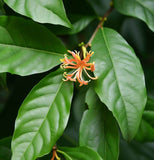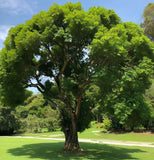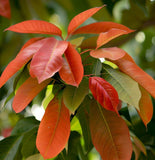Nyssa sinensis (Chinese Tupelo)
Nyssa sinensis (Chinese Tupelo) is a deciduous tree native to China. It belongs to the genus Nyssa, which includes several species of trees commonly referred to as tupelos. Here are some key features and characteristics of Nyssa sinensis:
Appearance: Chinese Tupelo is a medium-sized tree that typically reaches a height of 40 to 50 feet (12 to 15 meters). It has a rounded or oval-shaped crown and a straight trunk. The bark is smooth and gray when young, becoming rough and furrowed with age. The leaves are alternate, simple, and ovate to elliptic in shape. They have a glossy dark green color in summer, turning shades of red, orange, and purple in the fall, providing vibrant autumn foliage.
Flowers and fruits: The tree produces small, inconspicuous flowers that are greenish-yellow in color. They are borne in clusters and appear in spring before the leaves emerge. Female flowers give rise to fruits known as drupes. The drupes are round, blue-black, and fleshy, similar to small berries. They mature in late summer or early fall and are attractive to birds.
Habitat and cultivation: Chinese Tupelo is adapted to various soil types but prefers moist, well-drained soils. It is often found growing near streams, wetlands, or in mixed forests in its native range. When cultivated, it can tolerate a range of soil conditions but performs best in fertile, loamy soils. It prefers full sun to partial shade.
Landscape use: Nyssa sinensis is valued as an ornamental tree for its attractive foliage and fall colors. It can be planted as a specimen tree in parks, gardens, or larger landscapes. The tree's vibrant autumn foliage adds visual interest, and its tolerance for wet soils makes it suitable for rain gardens or water features.
Environmental benefits: Like other tupelo species, Chinese Tupelo has ecological importance. It provides habitat and food for various wildlife, including birds and pollinators. The fruits are consumed by birds, which helps with seed dispersal. Additionally, the tree contributes to erosion control and helps filter water in wetland areas.
Growing conditions: Chinese Tupelo is generally hardy in USDA hardiness zones 6 to 8. It is adapted to temperate climates with distinct seasons. The tree is known for its tolerance of wet conditions, but it can also withstand periods of drought once established. Regular watering during dry spells is beneficial, especially for young trees.
Botanical Name : Nyssa sinensis
Common Name : Chinese Tupelo
Height : 50 ft
Spread : 20 ft
Germination Info : 60-90 days cold moist stratification recommended.
Hardiness zone : 8-10
Average seed per ounce : Approx. 188

